Who needs rear seats when you’ve got a huge V6 in the back? Welcome to the epitome of hot hatch madness in our Renault Clio V6 Review.
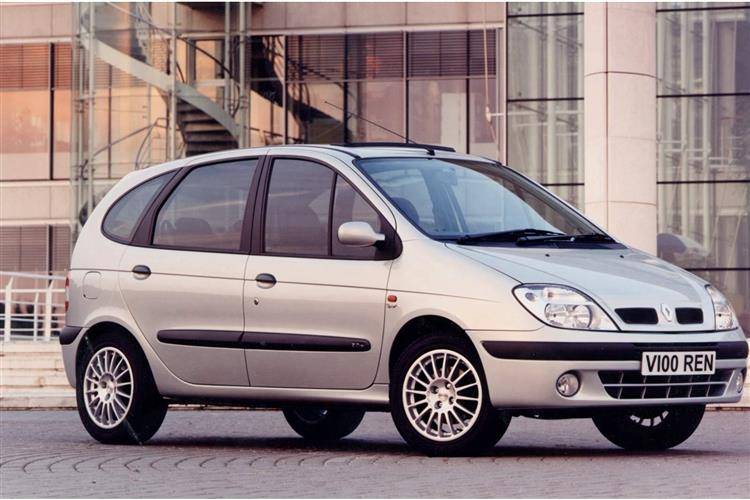
In the early 2000s, Renault were starting to be considered a bit pedestrian. Renault Sport models aside, they became obsessed with safety ratings, crumple zones, airbags and ABS, churning out a dreary array of city-going four wheeled shitboxes for the whole family.
This once world-renowned brand famous for such classics as the R5 Turbo 2 and the trouser-tightening Alpine A110 fell foul of their racing heritage and gave way to the age of the people carrier.
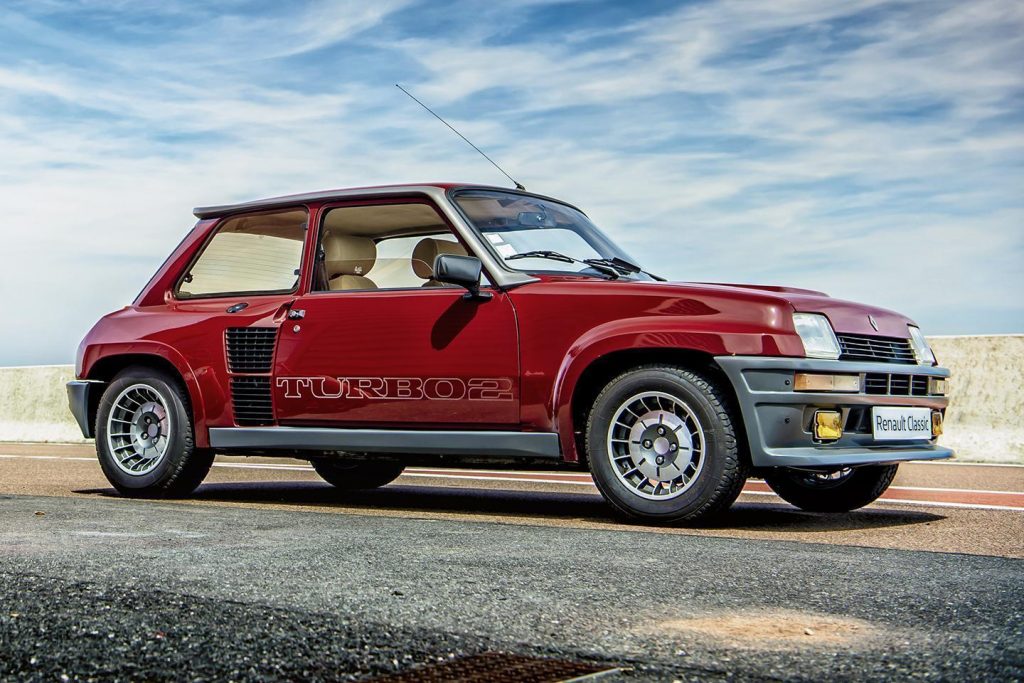
Then one day somewhere in Southern France, a poor little Renault engineer had a bright idea…
Let’s put a V6 engine in our small family hatchback
Pierre, probably in french
And they did! Based on the Clio Mk 2 platform but sharing very few similarities with its predecessor, the original Clio V6 was released into the wild in 2001.
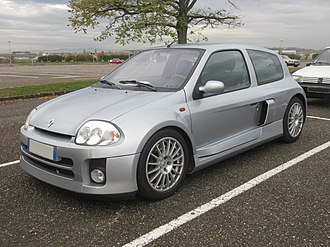
To accommodate the hefty engine, the rear seats had to be removed to make room for the mid-mounted power unit, which introduced the need for cooling so side air intakes were built-in to the rear quarter panels.
Drive came from the back so the Clio’s front-engined, front wheel drive transmission, drivetrain, ancillaries and chassis all had to be updated, changed or completely removed in order to accommodate the ridiculous new engine.
In order to make the car not completely undriveable, the car’s footprint was widened significantly front and rear to ensure you can actually make it round a corner in your much heavier, much more expensive future classic of a french hot hatch. This had the additional benefit of huge flared arches which make the car look like a homologation special, despite being far too heavy, unruly and less sophisticated to ever grace the world rally circuit.
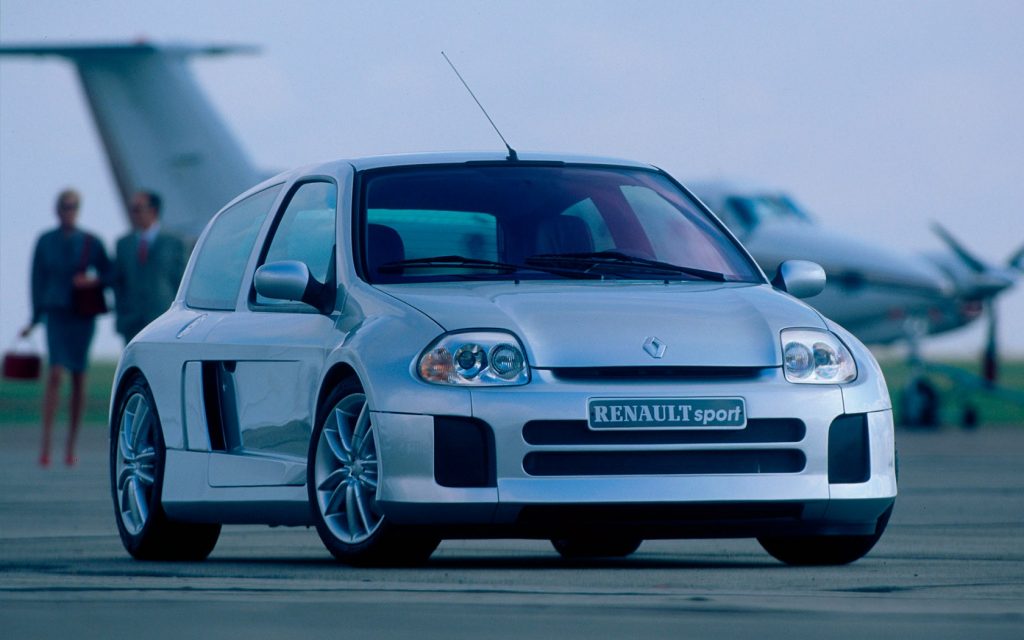
The interior remained pretty much the same as the original Clio, at the front at least. Still a cacophony of cheap plastics and melting vinyl, the driver’s experience was largely the same as what they’d expect from the cheaply made french hatchback, but made slightly more enjoyable by the roaring V6 that sits in the rear with minimal sound dampening. To be fair though, it leaves no room for kids in the back, and I know which I’d prefer to listen to.
It released to fairly scathing reviews from the car community, with the concept praised but in practice unrefined, untamable and in almost all applications, undriveable.
Owing to all the necessary additions to accommodate the new power unit, the car’s weight ballooned like an American in lockdown. Negating the additional power available from the tuned V6 in the rear, ultimately the V6 version was little faster than its 172 predecessor, and at least the original could get round a corner.
Handling was pretty much non-existent, with power delivery unpredictable thanks to an unsophisticated differential and drivetrain and no traction control. That paired with the now rear-heavy weight distribution, the V6 liked to understeer, then oversteer, then understeer, and rinse and repeat, until you finally get around the corner, have a few seconds to get acquainted with your freshly-soiled pants before having to face the same ordeal once again.
With all that in-mind, it’s safe to say Pierre and the gang didn’t get it quite right first-time round.
However the French are nothing if not persistent, and they decided to give it another go with the release of the new Phase 2 Clio platform.
After spending years toiling over the minutia of hot hatch engineering, smoking cigarettes, being rude to each other, going on strike and refusing to shower (probably), the engineers at Renault emerged from their garlic-scented garages to present the all-new Clio V6 in 2003.
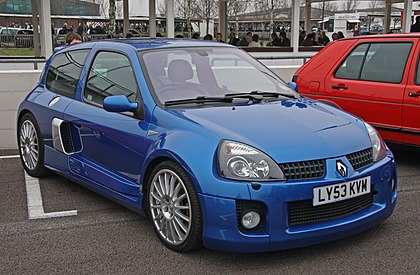
Boasting all-new geometry, suspension, bodywork, a longer wheelbase and an improved transmission, the new Clio V6 made Renault look like they’d finally hit the mental hot-hatch nail right on the head.
But again, the reviews were decidedly meh.
Plagued with many of the same issues of the original 182; the fact that it has the same turning circle as a SpaceX rocket, cheap, rattly plastic interior and a driving position akin to a forklift truck, the all-new Clio V6 was met with indifference by many motoring journalists at the time.
Then along came Top Gear.
Lord Clarkson with his child-like sense of motoring wonder, revered the Clio V6 in his powertest praising it on its fantastic handling, comparing it alongside the Porsche C4S and heralding it ‘the bargain supercar of the century’, despite its obvious drawbacks in the grip, space and practicality departments.
And not Renault Clio V6 review would be complete without covering it, despite all of its issues, the car even to this day looks incredible. Those wide, flared arches and sweeping side intakes hark back to the group B era rally monsters of yesteryear. The roar of the V6 both inside the cabin and out will make even the most anally retentive Ferrari or Porsche owner turn their heads as you tear past them on the motorway and, at least now, this car is absolutely rocketing in value.

Having released only 1,309 at the time of production, these modern classics regularly command upwards of £20,000 for a good used example, and these numbers are only set to continue to rise.

Compared to what £20k buys you new today, your choices realistically are the Shitroen C3, Volkswagen Polo 1.0 or base-model fiesta. It really is a no-brainer if you’re in the market for a rapidly appreciating future classic.
So that’s our Renault Clio V6 Review. Typically French, far from perfect and almost entirely impractical, but it will put a smile on your face every time you look at it, let alone drive it.

